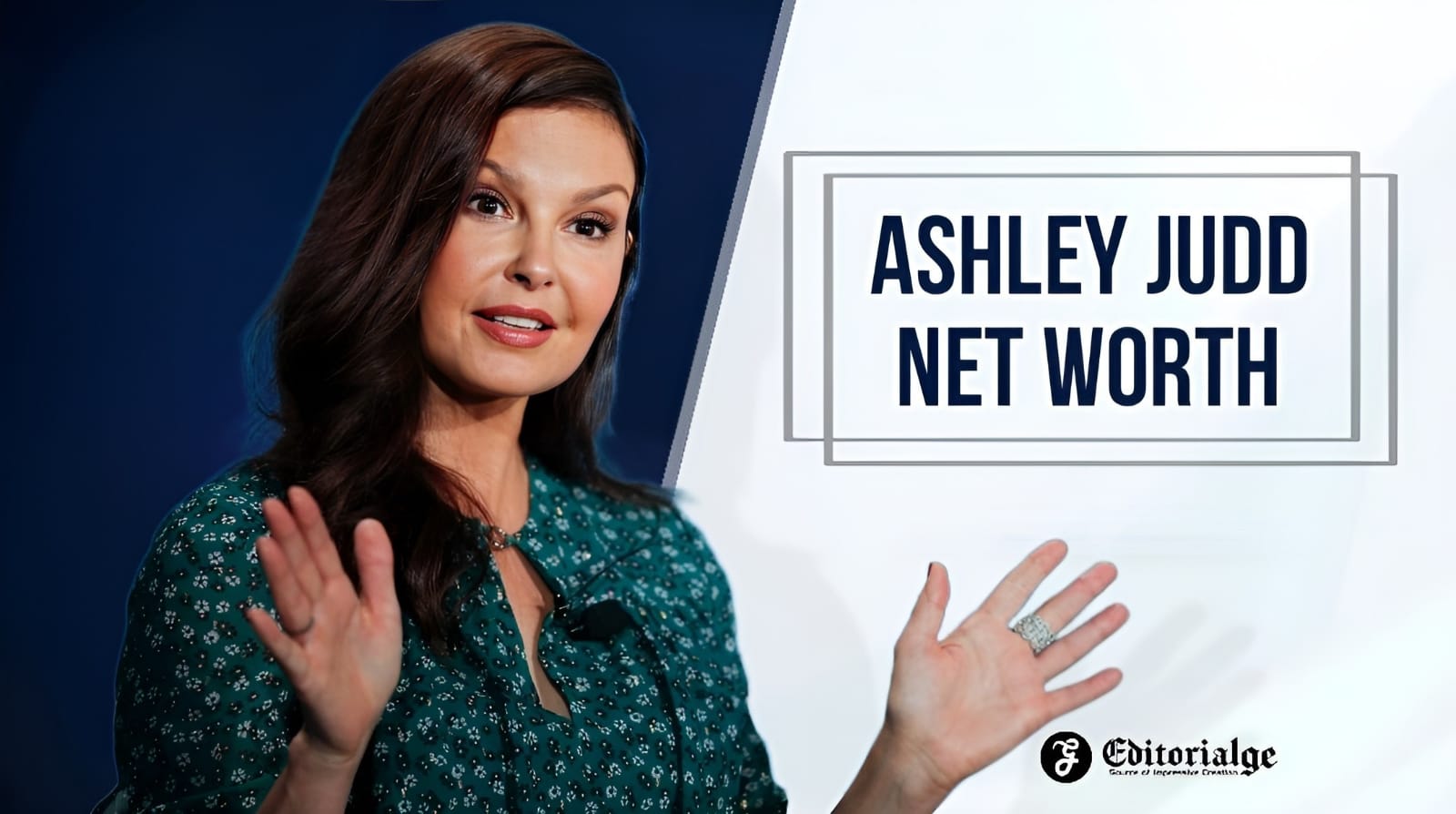Katy Perry has long been recognized as one of the world’s biggest pop stars. Known for her infectious hits and colorful personality, Perry reached the heights of superstardom with albums like Teenage Dream and Prism, dominating charts and radio airwaves for over a decade. However, in a world where pop stars are constantly adapting to trends, Perry’s seventh album, 143, has stumbled upon release, raising the question: has she lost her golden touch?
Despite being a global icon, 143 has faced underwhelming reception, with both fans and critics questioning her current relevance in an ever-evolving industry. While Perry has never shied away from controversy, her newest effort, designed as a “sexy, fearless return,” has sparked mixed reactions, particularly surrounding its lead single, Woman’s World, and the involvement of producer Dr. Luke, a figure mired in controversy. This marks a low point for the singer who once had the world at her feet with an arsenal of diamond-certified hits.
The Pop Comeback: A High-Stakes Gamble
In pop culture, the comeback narrative holds a particularly special place. When done right, it can evoke an emotional resurgence in the artist’s career, reclaiming their position in the spotlight. Judy Garland’s 1961 concert at Carnegie Hall, often referred to as “the greatest night in show business history,” and Cher’s 1998 dance-pop renaissance with Believe are prime examples of triumphant returns to glory. There’s an undeniable magic to watching a beloved star ascend back to the top after a period of struggle or inactivity.
Yet, for every successful comeback, there’s an equally fascinating narrative of failure, a stark reminder that in the music business, nothing is guaranteed. For every Believe, there’s a failed album that reminds even the biggest stars that chart-topping success isn’t an entitlement. This is the conundrum that Katy Perry faces with 143. After a series of albums that didn’t quite hit the mark, Perry is vying for her place in pop’s upper echelon once again, but the road back to the top is fraught with challenges.
Released in July 2024, Woman’s World, the album’s lead single, seemed poised to deliver an empowering feminist anthem in the vein of her past hits like Firework (2010) and Roar (2013). Perry herself described the song as a tribute to the “feminine divine,” aiming to craft a message of empowerment for her listeners. Yet despite these intentions, Woman’s World landed with a thud, stalling at number 63 on the Billboard Hot 100 and peaking at a similarly underwhelming number 65 in the UK. For a pop star of Perry’s stature, such placements are considered flops. Her follow-up single, Lifetimes, a soft and inoffensive track, failed to generate much buzz, achieving only a number 15 position on the lesser-known Billboard Bubbling Under Hot 100 chart.
These results stand in stark contrast to Perry’s past successes. As a six-time diamond-certified artist, Perry has been a juggernaut in the industry, with more U.S. sales of over 10 million units than any female artist other than Rihanna. So why aren’t her new songs connecting with the public?
The Controversy Surrounding “Woman’s World”
The album’s problems began with the rollout of Woman’s World. Released in July 2024, the song was designed to be a feminist anthem, with Perry hoping to once again tap into the emotional resonance that made songs like Firework and Roar global hits. In an interview with Apple Music 1, Perry stated that she intended the song to capture an empowering message, reflecting her belief in the “feminine divine” and the strength of womanhood. However, things took a controversial turn when the public learned that the track was produced by Dr. Luke, the music producer entangled in a high-profile legal battle with pop star Kesha.
Dr. Luke, who worked with Perry extensively on her most successful albums, had been absent from her last two projects, Witness (2017) and Smile (2020). These albums were released during the years of his public legal dispute with Kesha, who accused Dr. Luke of drugging and raping her, as well as subjecting her to emotional, physical, and sexual abuse. The lawsuit, which sent shockwaves through the music industry, saw Dr. Luke countersuing Kesha for defamation, with both parties eventually settling the case in June 2023. During the drawn-out legal proceedings, Perry chose to distance herself from Dr. Luke, citing a desire not to “take sides” in the controversy.
However, Dr. Luke’s involvement in Woman’s World reignited the controversy. Despite the case never reaching court, and both parties issuing a settlement, Dr. Luke remains a divisive figure in the music industry. His work with other stars, such as Doja Cat, had already stirred debate about whether the industry should welcome him back into the fold. Perry’s decision to work with Dr. Luke again, especially on a song celebrating female empowerment, confused and angered many fans.
Music journalist Rhian Daly noted that while Perry was not the first artist to collaborate with Dr. Luke post-scandal, the optics of their reunion were particularly jarring. After all, Kesha’s accusations of abuse had dominated headlines, and Perry herself had been inadvertently drawn into the drama when Kesha claimed in a private text to Lady Gaga that Dr. Luke had raped Perry. This allegation was denied by both Dr. Luke and Perry, with Perry testifying that it was “absolutely not” true.
The irony of Perry working with Dr. Luke on a feminist anthem was not lost on her audience. To some, it appeared as though Perry was out of touch with the cultural conversation surrounding women’s rights and empowerment, especially in a time when movements like #MeToo and Time’s Up have made such issues more prominent than ever before.
A Missed Opportunity
Adding to the backlash were critiques of the song’s lyrical content. While Perry has never been one for deep or nuanced lyrics, with her biggest hits often leaning on simple and straightforward themes, Woman’s World was criticized for being reductive. Lyrics like “She’s a winner, champion, superhuman, number one” felt outdated, and some listeners found the song’s take on female empowerment to be overly simplistic, lacking the sophistication and depth that today’s audiences expect.
It’s a far cry from the raw, introspective lyrics that dominate the work of rising stars like Charli XCX and Chappell Roan, both of whom have received praise for their authenticity and willingness to address the complexity of the female experience. In comparison, Perry’s brand of feminism felt one-dimensional, a throwback to an era when songs like Firework could succeed without much nuance. As music journalist Amy Davidson pointed out, modern audiences, particularly younger generations, are far more discerning, unwilling to accept “tokenistic attempts at entering the conversation.”
Perry’s accompanying music video for Woman’s World further compounded the backlash. The video featured scenes where Perry channeled Rosie the Riveter, the World War II icon symbolizing female strength and resilience, alongside depictions of her as a bionic woman in a bikini. These visuals were slammed by critics for pandering to the male gaze, and while Perry defended the video as satire, her response only added fuel to the fire. Her explanation—posted alongside a clip from the video on social media—came across as defensive rather than confident.
A Difficult Cultural Landscape
Beyond the specific controversy of Woman’s World, there are broader factors at play that have contributed to the struggles of Perry’s 143 album. One of the most significant is the rapidly changing cultural and musical landscape. When Perry was at her peak in the early 2010s, the world was a very different place. Songs like California Gurls and Last Friday Night (T.G.I.F.) were perfectly tailored to an era of lighthearted, bubblegum pop. The world was in the mood for bright, carefree anthems that celebrated fun and escapism.
But the world of 2024 is a far cry from that of a decade ago. The global pandemic, political polarization, and economic uncertainty have left listeners craving music that speaks to the complexity of their lived experiences. Artists like Charli XCX have found success by embracing this complexity, with songs like Girl So Confusing delving into the messiness of female friendships with unflinching honesty. In contrast, Perry’s new material feels like a relic from a bygone era, struggling to connect with audiences who have moved on.
Music journalist Rhian Daly pointed out that Perry’s optimistic, anthemic pop may have worked in a world where there was a sense of hope, but after years of global crises, many people feel disillusioned. Songs that once felt empowering now feel out of sync with the times. Perry’s brand of “purposeful pop” has struggled to find a place in a world where listeners seem more inclined to embrace darker, more introspective themes.
Ageism and Misogyny in the Music Industry
Another factor potentially affecting Perry’s comeback is the combination of ageism and misogyny that often plagues female artists over 35. Perry, now 39, may be facing the same struggles that have plagued other older female artists, such as Kylie Minogue, who saw her viral hit Padam Padam snubbed by several youth-oriented radio stations, allegedly because of her age. Music industry insiders have long pointed out that women in pop often face unfair scrutiny as they grow older, with critics quick to accuse them of “trying too hard” to remain relevant. This double standard does not apply to male artists, many of whom continue to dominate charts well into their 40s and 50s without facing the same kind of backlash.
Rhian Daly believes that age is definitely a factor in the reception to Perry’s new music, even if critics don’t explicitly admit it. The music industry is notoriously harsh on female artists as they age, and Perry’s current struggles may be symptomatic of a larger issue within the industry.
Is There a Future for Perry’s Comeback?
While Perry’s comeback has gotten off to a rocky start, it would be premature to write her off entirely. Perry is nothing if not resilient. After all, she began her career as a Christian rock singer under her birth name, Katy Hudson, before reinventing herself as the pop star we know today. She’s shown an ability to bounce back before, and there’s no reason to believe she can’t do it again.
Though her current singles haven’t found the success she was likely hoping for, there is still time for Perry to recalibrate and refocus her efforts. Music journalist Amy Davidson suggests that if Perry can acknowledge the criticisms surrounding Woman’s World, particularly its attempt to “jump on a feminist message that no longer feels relevant,” she could potentially return with a hit that isn’t weighed down by an agenda, but simply delivers a great pop experience.
Even in the face of controversy, Perry has shown glimpses of self-reflection. In a recent interview, she acknowledged that her 2008 breakout hit I Kissed a Girl might not align with modern sensibilities, admitting she would probably make some edits to the song’s lyrics if she were writing it today. If she can bring that same self-awareness to her current music, there’s every chance that Perry could find her footing again.
What’s Next for Katy Perry?
As 143 officially drops, the question remains: can Katy Perry salvage her comeback? With early singles struggling and controversy swirling, the album’s rollout has been messier than expected. Yet Perry has a track record of resilience and reinvention. If she can navigate the current cultural climate, address the criticisms, and lean into her strengths as a pop star, she may yet reclaim her spot at the top.
Pop stars come and go, but Katy Perry’s enduring appeal lies in her ability to adapt and evolve. While 143 might not have taken off the way she hoped, it’s far too soon to count her out. After all, she’s been here before—and she knows how to find her way back.








































